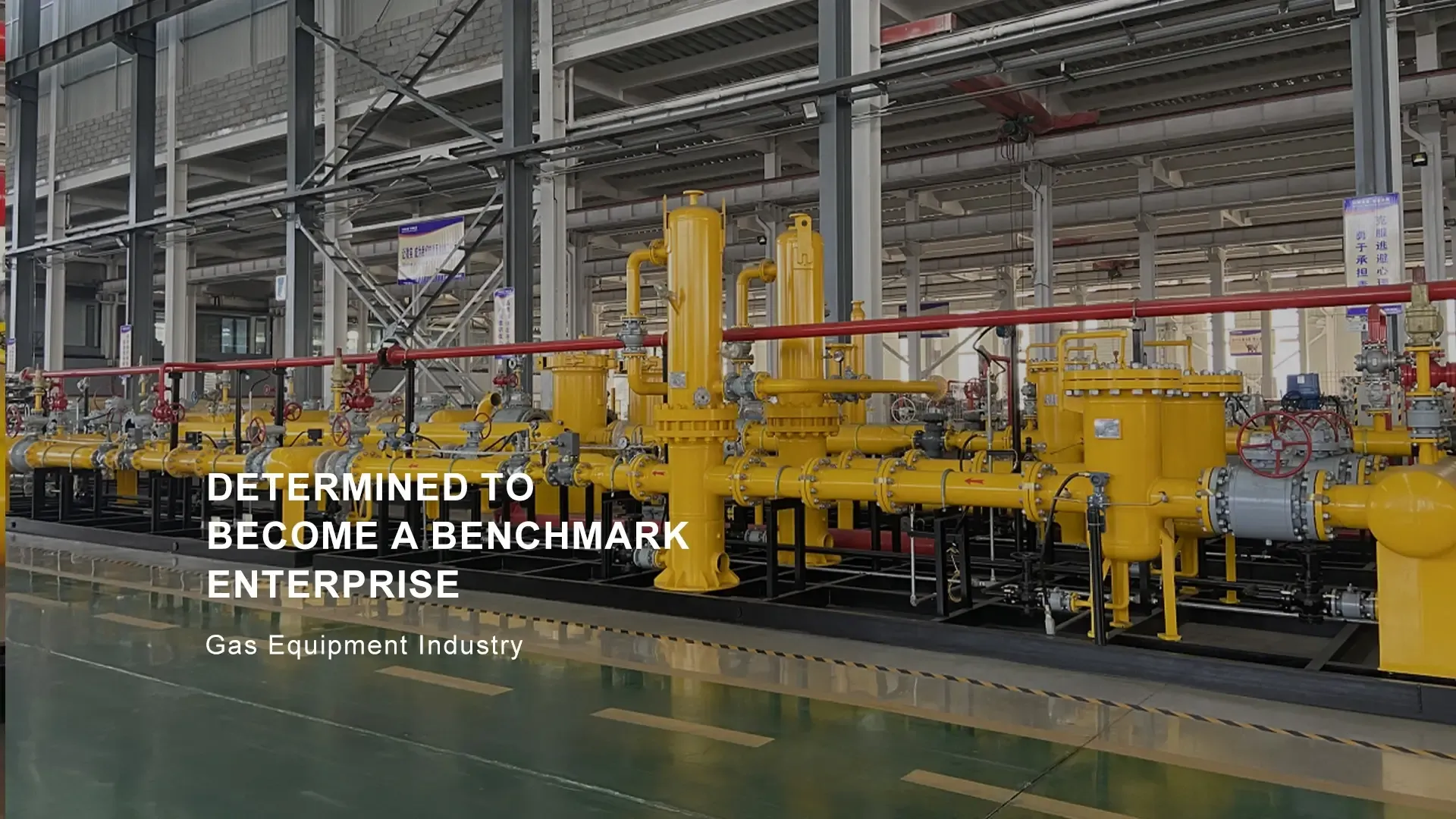
8 月 . 15, 2024 16:49
Back to list
Key Considerations for Ensuring Safety and Reliability of Natural Gas Safety Valves in Systems
The Importance of Natural Gas Safety Valves
Natural gas is an essential energy source that powers homes, businesses, and industries across the globe. Although it is a relatively clean-burning fossil fuel, the safe handling and distribution of natural gas are critical to preventing accidents and ensuring public safety. Among the various components involved in natural gas systems, safety valves play a pivotal role in safeguarding properties, lives, and the environment.
What Are Natural Gas Safety Valves?
Safety valves are mechanical devices designed to automatically release gas pressure when it exceeds a predetermined limit. They serve as a critical line of defense against excessive pressure buildup that can lead to catastrophic failures, including explosions, fires, and gas leaks. Typically made of durable materials, such as brass or stainless steel, these valves are installed at different points within gas systems, including pipelines, storage tanks, and boilers.
How Do Safety Valves Work?
The operation of a safety valve is relatively straightforward yet highly effective. Each valve is calibrated to open at a specific pressure level. When the gas pressure exceeds this level, the valve opens, allowing gas to escape safely into the atmosphere or redirect it to a safe area, thus preventing potential damage to the system. Once the pressure returns to normal levels, the valve automatically closes.
Types of Safety Valves
There are several types of safety valves used in natural gas applications, including
1. Relief Valves These valves open to release excess pressure and are commonly used in storage tanks.
natural gas safety valve

2. Safety Relief Valves Designed for systems that can contain both liquids and gases, safety relief valves are utilized to protect against overpressure in a variety of gas handling equipment.
3. Pilot-Operated Valves These valves utilize a small 'pilot' valve to control a larger main valve, allowing for more efficient operation in larger systems.
Each type of valve has its specific application, and the choice depends on the requirements of a particular gas system.
The Importance of Regular Maintenance
Regular maintenance of safety valves is crucial to ensure their reliable operation. Over time, factors such as corrosion, dirt accumulation, and wear can affect their performance. Therefore, routine inspection and testing are necessary to verify that the valves are functioning correctly. Additionally, various industry standards, such as those set by the American National Standards Institute (ANSI) and the American Society of Mechanical Engineers (ASME), provide guidelines for the installation and maintenance of safety valves.
Safety Regulations and Compliance
In many regions, the installation and maintenance of natural gas safety valves are subject to strict regulations. Organizations such as the Occupational Safety and Health Administration (OSHA) in the United States enforce these standards to ensure public safety and environmental protection. Compliance with these regulations is not just a legal obligation; it is a critical aspect of responsible gas system management and operation.
Conclusion
Natural gas safety valves are vital components of gas distribution and usage systems. They protect against the risks associated with excess pressure and help ensure the safe handling of this valuable resource. By investing in quality safety valves, performing regular maintenance, and adhering to industry regulations, businesses and homeowners can minimize the dangers associated with natural gas and contribute to a safer community. As our reliance on natural gas continues to grow, the importance of safety valves will remain paramount in protecting both people and the environment.
Latest news
-
Unlocking The Quality Gas Pressure ReducersNewsNov.01,2024
-
The Role of Gas Pressure Reducing StationsNewsNov.01,2024
-
The Importance and Functionality of Safety Relief ValvesNewsNov.01,2024
-
The Essential Role of Safety Valves in Natural Gas ApplicationsNewsNov.01,2024
-
The Essential Role of Gas Pressure RegulatorsNewsNov.01,2024
-
Enhance Your Premium Gas FiltersNewsNov.01,2024

